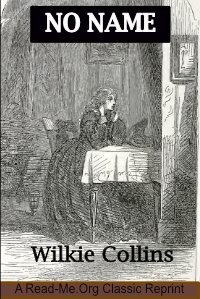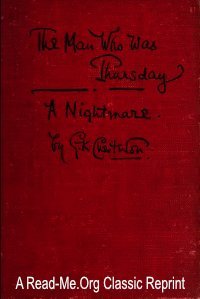By Chris Cleave
NY. Simon and Schuster. 2008. 298p.
The novel alternates between the perspectives of Little Bee and Sarah, a British woman whose life intersects with Little Bee's when they meet on a Nigerian beach two years before Little Bee's arrival in England. As the two women's stories unfold, the novel explores themes of identity, trauma, and the complexities of human relationships.
Through the character of Little Bee, the novel sheds light on the experiences of refugees and asylum seekers, and the challenges they face as they try to build new lives in unfamiliar and often hostile environments. It also explores issues of race, privilege, and the legacy of colonialism, as well as the impact of global economic and political forces on the lives of individuals and communities.











